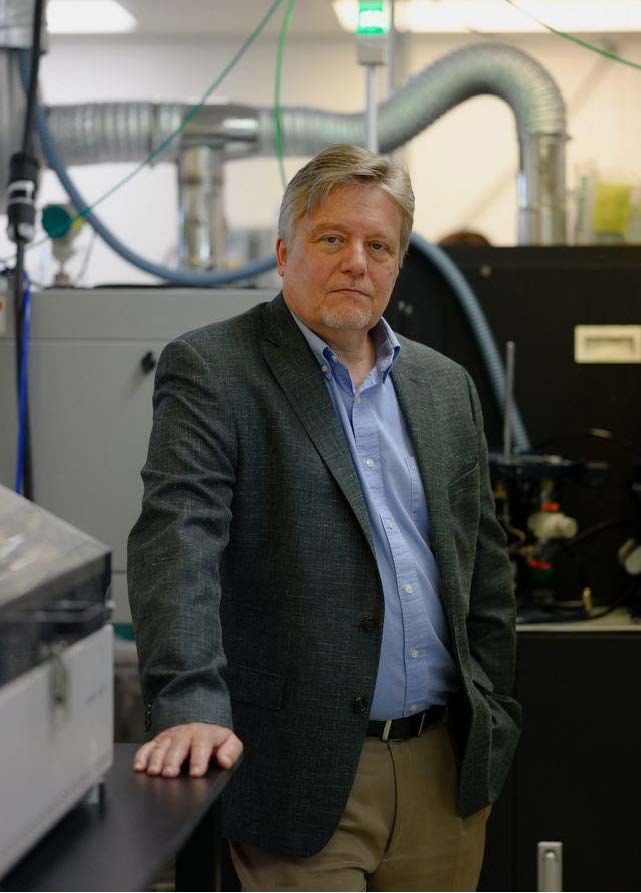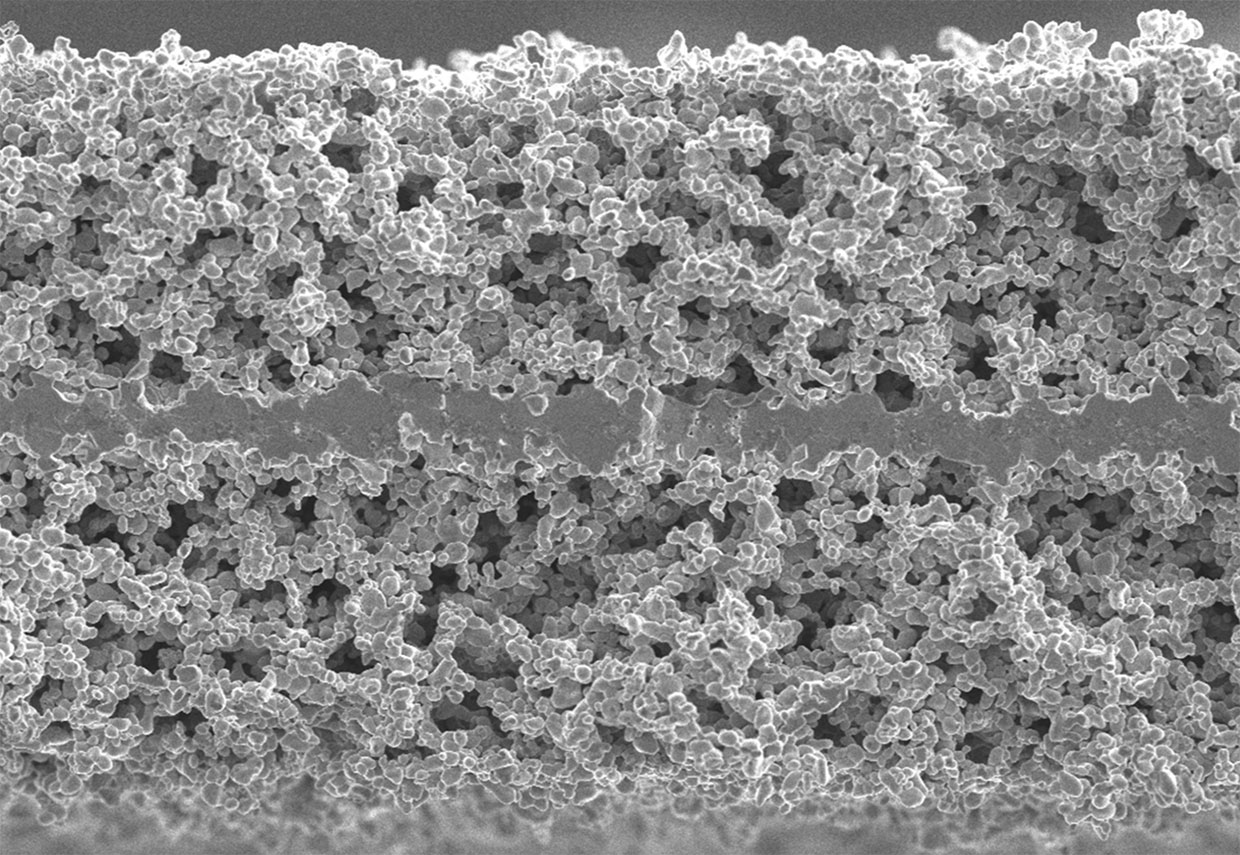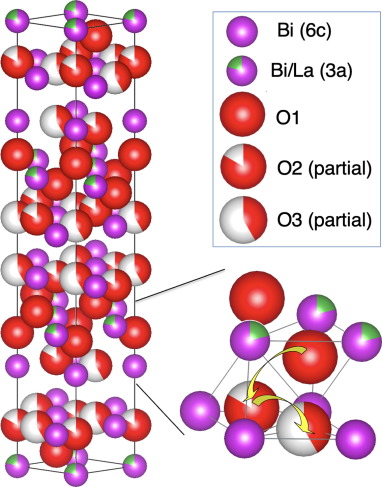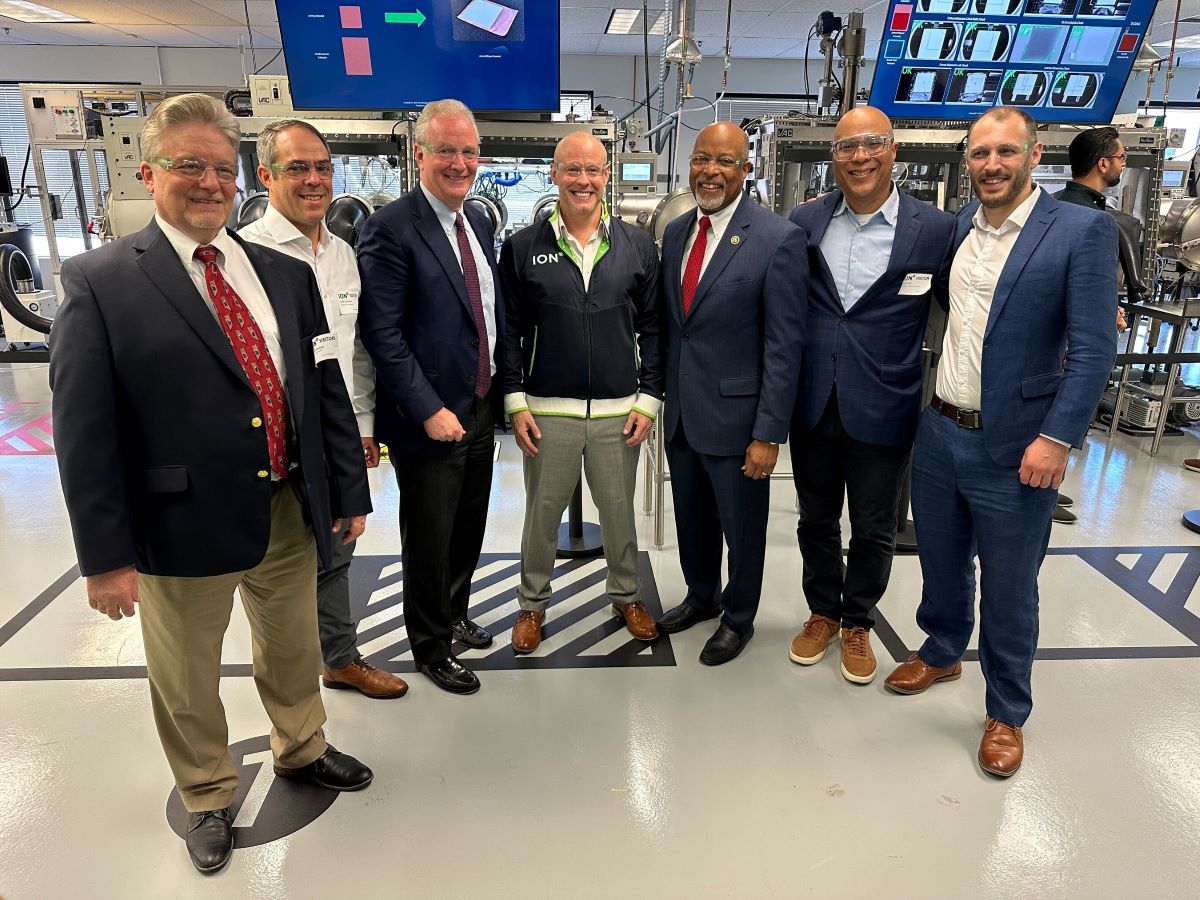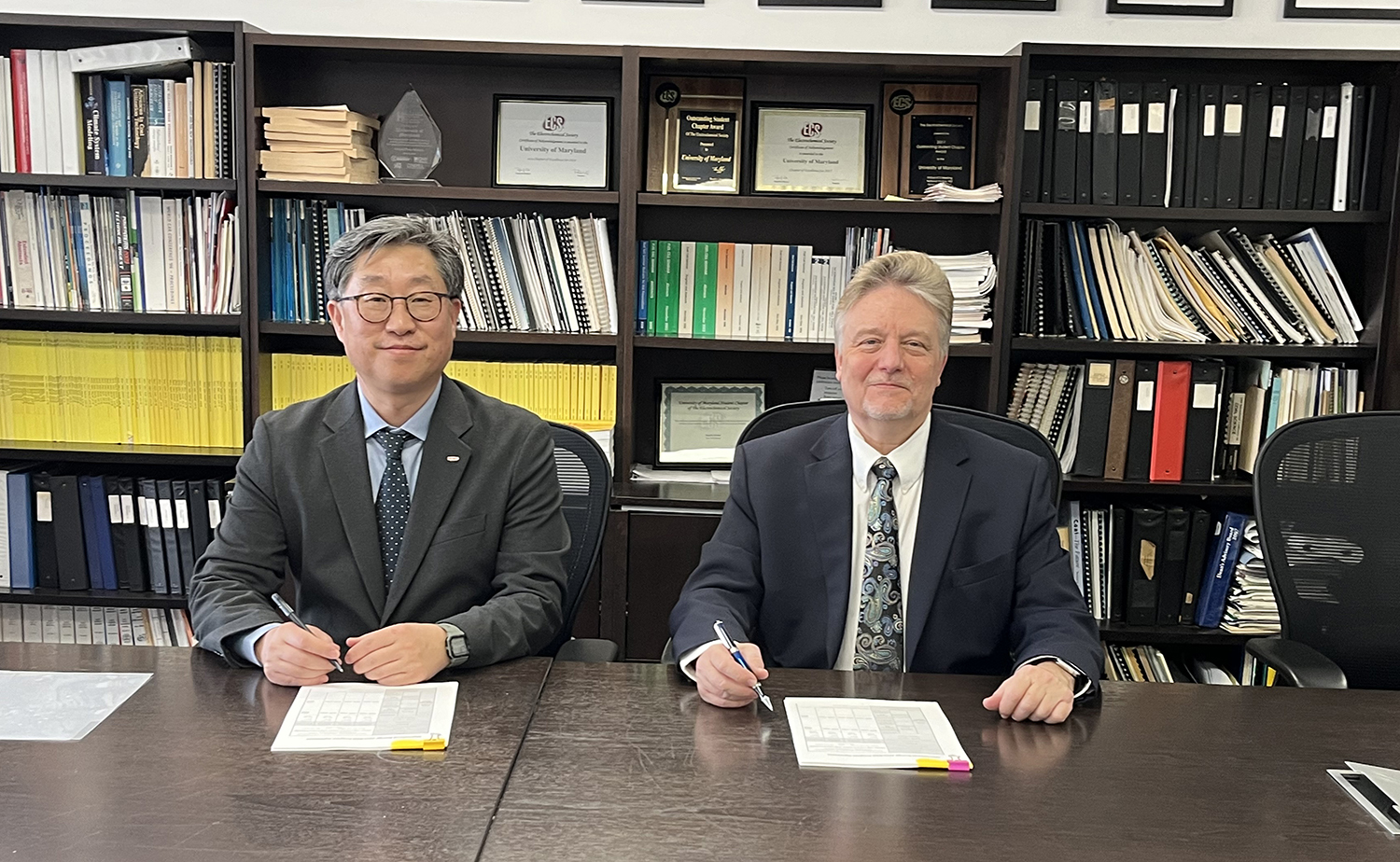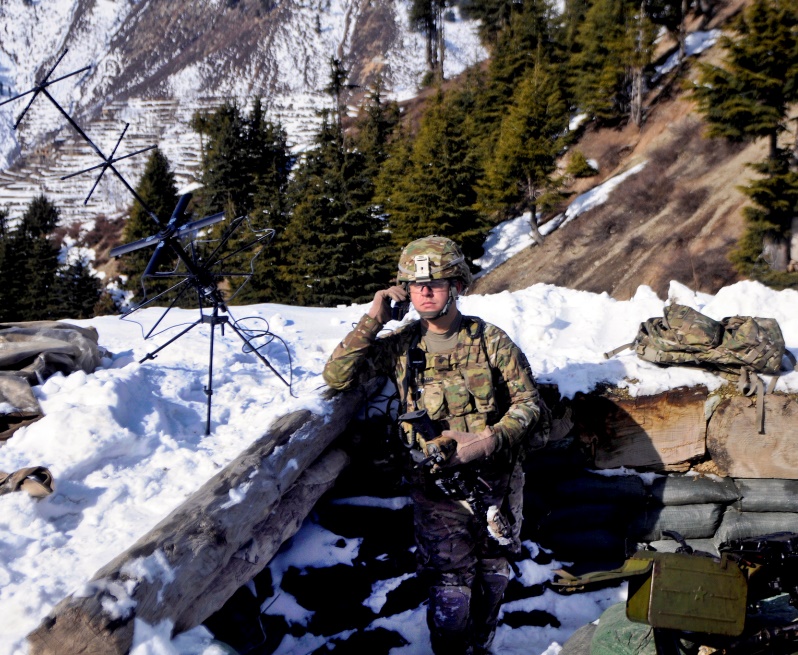News Story
UMD ARPA-E project highlighted on Capitol Hill
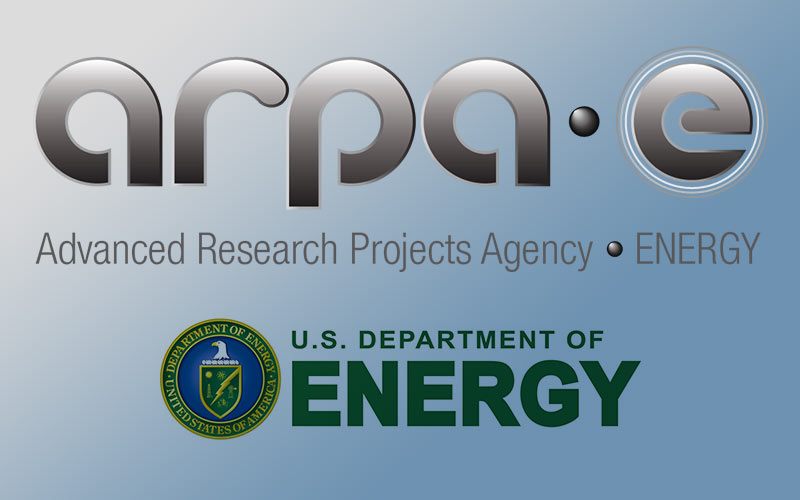
On, Tuesday, July 18th, the Bipartisan Policy Center and ClearPath will host a reception featuring a showcase of ARPA-E funded technologies with House Science Energy Subcommittee Chairman Rep. Brandon Williams (R-NY). The technologies on display will cover a wide range of technical areas—nuclear fusion and fission, electric vehicle batteries, improved crops with greater capacity to sequester CO2, and more.
Two of the projects highlighted are from the state of Maryland, including one recently awarded University of Maryland project. Dr. Eric Wachsman, Director of the Maryland Energy Innovation Institute (MEI2) and Distinguished University Professor, is the lead PI of the Fast-Charge, High-Energy-Density, Solid-State Battery project. This project will increase the charge/discharge-rate capability, energy density, and operating temperature window of solid-state lithium metal batteries. The team will use new mixed ionic-electronic conducting (MIEC) ceramics and processing techniques to fabricate thinner, higher porosity, and thus lower mass (porous/dense) “bilayer” and (porous/dense/porous) “trilayer” solid-state battery architectures. The patented 3D ceramic architecture has shown the highest Li-metal cycling rate for solid-state technology (100 mA/cm2) at room temperature with no applied pressure, demonstrated numerous high energy density (~300Wh/kg) cells with multiple cathode chemistries and cell configurations, and is being commercialized by team member Ion Storage Systems.
The Department of Energy's Advanced Research Projects Agency-Energy (ARPA-E) plays a unique and critical role in maintaining America’s global leadership in energy technologies. ARPA-E supports high-risk, high-potential energy projects to transform how we generate, store, and use energy. This in turn strengthens our economy, bolsters national security, and improves the resiliency and reliability of our grid. To date, 204 ARPA-E projects have attracted more than $11.4 billion in private-sector follow-on funding to continue to advance their technology toward the market. Of these 204 projects, 41 have been awarded to UMD for over $117M in funding.
The program includes:
Remarks by:
Evelyn Wang | Director, ARPA-E, Department of Energy
Rep. Brandon Williams (R-NY) | Chair, House Science, Space, and Technology Energy Subcommittee
Energy technology showcase participants:
Clemson University
Harnessing Emissions into Structures Taking Inputs from the Atmosphere (HESTIA) ProjectClemson, South Carolina
An Entirely Wood Floor System Designed for Carbon Negativity, Future Adaptability, and End of Life De/Re/Construction
Colorado State University
Rhizosphere Observations Optimizing Terrestrial Sequestration (ROOTS) Project
Fort Collins, Colorado
Root Genetics for Drought and Carbon Adaptation
Oak Ridge National Laboratory
Galvanizing Advances in Market-Aligned Fusion for an Overabundance of Watts (GAMOW) Project
Oak Ridge, Tennessee
Fusion Energy Reactor Models Integrator (FERMI)
Oklo Inc.
Optimizing Nuclear Waste and Advanced Reactor Disposal Systems (ONWARDS) Project
Santa Clara, California
Near-Term Deployment of a Used Nuclear Fuel Recycling Facility
University of Maryland/ION
Electric Vehicles for American Low-carbon Living (EVs4ALL) Project
College Park, Maryland
Fast-Charge, High-Energy-Density, Solid-State Battery
X-Energy
Generating Electricity Managed by Intelligent Nuclear Assets (GEMINA) Project
Rockville, Maryland
Innovative Operation & Maintenance Techniques Implemented using the “Digital Twin” to Reduce Fixed O&M Cost for High Temperature Gas Advanced Reactors (Xe-100)
Click here to reserved a spot.
Published July 12, 2023


